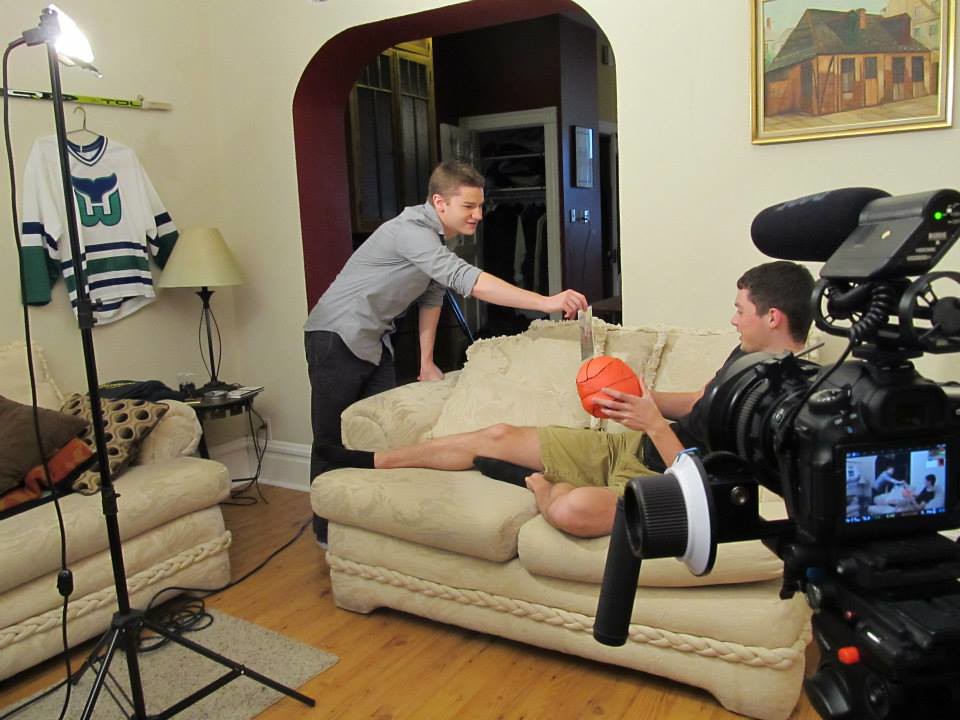How To Survive Roommating When You Own Your Home

Most of us have had roommates at one time or another, but there’s an expectation that once you pass a certain age, it’s time to either live alone or move in with a significant other. All of that is great if you can afford it, but as everyone knows, the cost of living in California is among the highest in the nation. Many adults, even married couples, choose to live with a roommate to cut down on living expenses. Here’s how to survive living with others, even when you own your home:
Taxes
If you are renting a room in a home you own, it’s the same as if you were renting a separate property. You should claim all income on your taxes, and you can deduct the upkeep.
Lease
It’s always best to iron out all details in a lease. A lease can last a year, a month, or any set amount of time. Typically, when the lease is up, the terms remain, but it reverts to month to month. In other words, if one of you wants to end the lease agreement after the lease has expired, one month’s notice is the expectation.
The lease should include any details and expectations, such as monthly rent, security deposit (one month in most cases), etc. In roommate situations, it’s a good idea to iron out such things as use of common areas, cleaning expectations, overnight guest policies, sharing of food and cleaning supplies, etc.
Walkthrough
You’ll want to do a walkthrough both upon move in and move out. Bring a checklist. Note the condition of the floors, walls, light fixtures, bathroom fixtures, overall cleanliness, etc. Take several pictures.
Upon move out
Do a move out walkthrough to make sure there are no damages. Some wear and tear is to be expected. In California, it’s expected that the landlord paints every 2-3 years and replaces the carpet after 8-10 years. If your place is due for paint and new carpet, you cannot charge your tenant. If, however, your carpet and paint are relatively new, you might be able to charge for cleaning and painting, but only if there’s actual damage. Normal wear and tear might include minor scratches on the walls and the carpet pile wearing in high traffic areas.